PROTECT YOUR DNA WITH QUANTUM TECHNOLOGY
Orgo-Life the new way to the future Advertising by AdpathwayMonsteras are stunning tropical perennials that continue to gain popularity as houseplants. Their striking leaves and impressive size are just a couple of the reasons for their increasing demand. The classic, Monstera deliciosa, is a plant lover’s dream with its ease of care and impressive size.
Most of the species in this genus come from similar environments and require relatively similar care. However, their constitution can vary from one species to another, where M. deliciosa is easy-going, while M. obliqua requires quite a bit more attention.
Monstera ‘Esqueleto’ is one of the rarer species that can be tough to find. Its intricate leaves and vigorous growth habit make it highly sought after. If you do manage to find one, they aren’t difficult to care for.
One thing is for certain, monsteras aren’t going anywhere. In the houseplant world, these tropical beauties are here to stay.
Monstera ‘Escueleto’ Overview
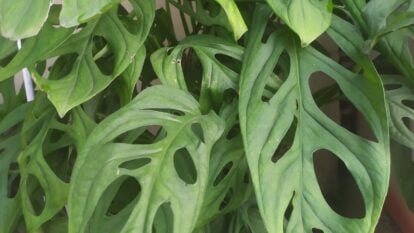
|
Plant Type Tropical perennial vine Family Araceae Genus Monstera Species Epipremnoides |
Native Area Costa Rica to Panama Exposure Bright indirect light Height 6’+ Watering Requirements Moderate |
Pests & Diseases Spider mites, mealybugs, thrips, fungus gnats, root rot, lef spot Maintenance Moderate Soil Type Chunky, well-draining Hardiness Zone 10-12 |
What Is It?
Monstera ‘Esqueleto’ is a rare and eye-catching species that, while uncommon, is gaining popularity among collectors. Its enormous and intricate leaves and vigorous growth habit make it a prize to locate. While it’s not the most difficult monstera around, it is a bit more high-maintenance than some of the species that are easy to find.
Characteristics
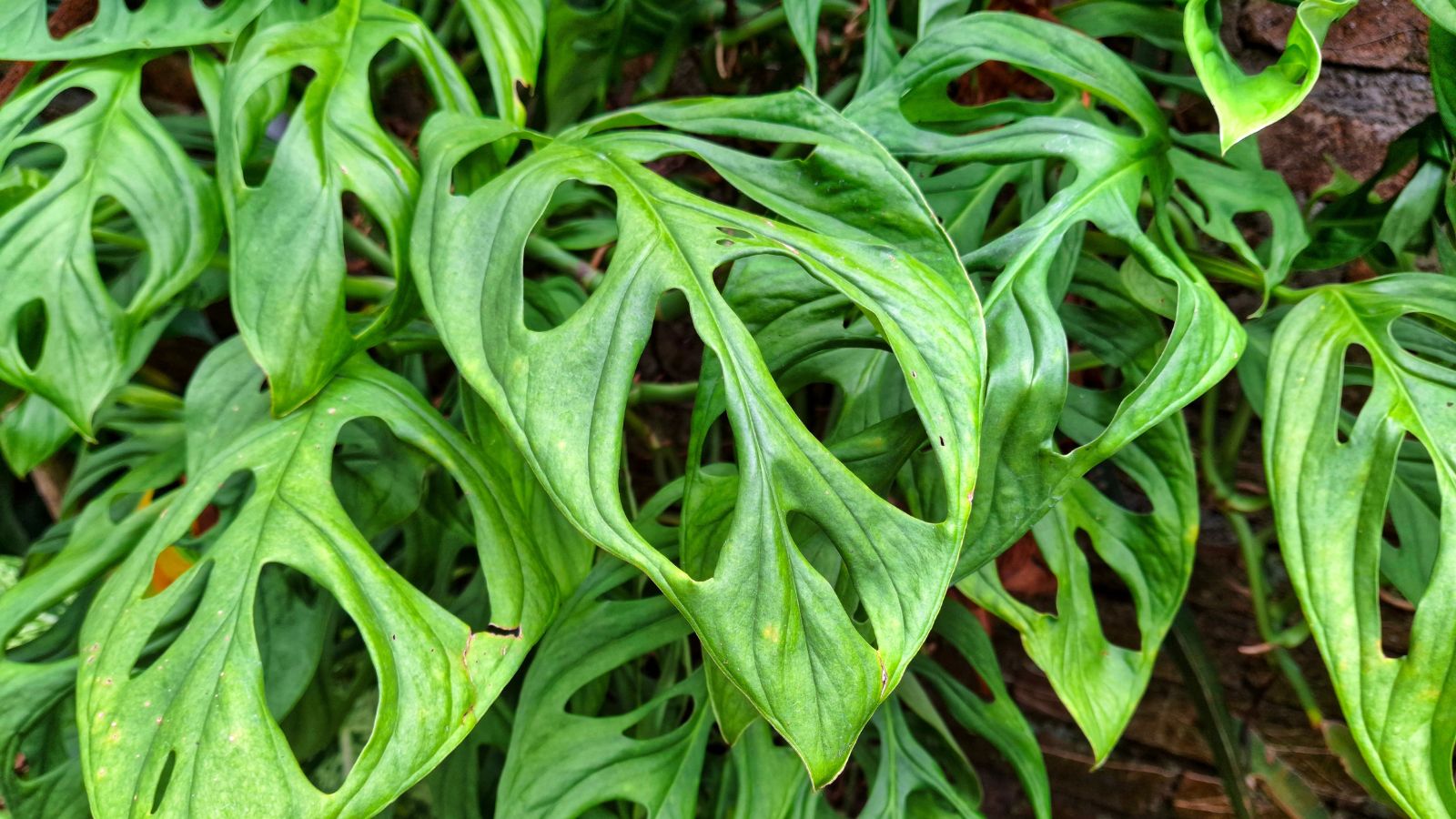 This houseplant has pronounced holes in the leaves.
This houseplant has pronounced holes in the leaves. ‘Esqueleto’ is a striking species named for the skeletal structure of its leaves. The leaves can grow up to two feet in length, and as with most plants in the genus, they’re fenestrated.
In this case, the fenestration is deep and elongated. It appears as though the veins alone are holding them together.
Because of these deeply fenestrated leaves, this species is more delicate, which makes it tougher to care for. It’s more sensitive to conditions and takes more finesse, if you will, to keep it healthy. If you manage to give it what it needs, it will reward you handsomely with gorgeous, sculptural foliage.
Native Area
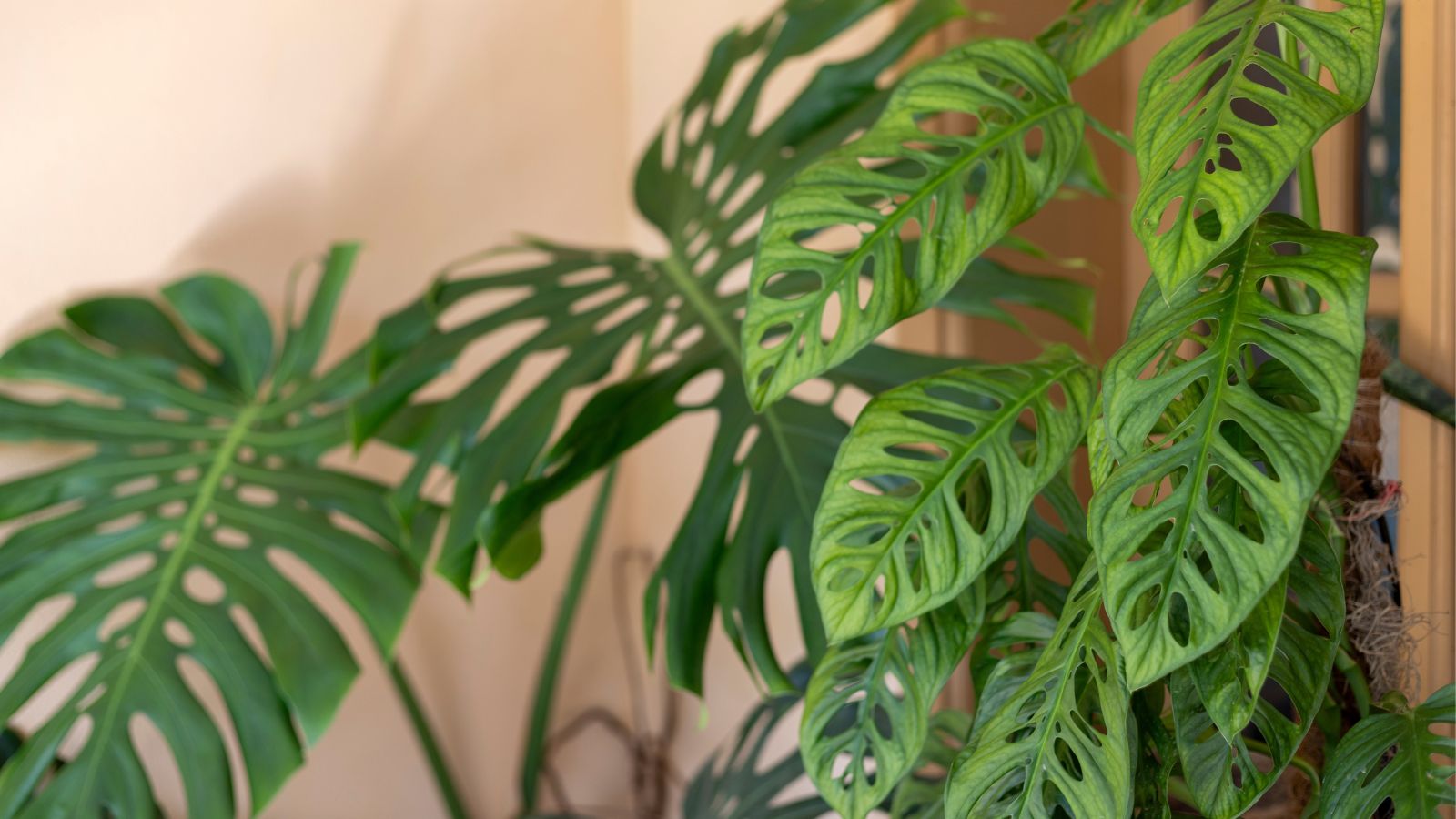 Native to Costa Rica, it likes cool and humid conditions.
Native to Costa Rica, it likes cool and humid conditions. ‘Esqueleto’ is native to the cloud forests of Costa Rica and the surrounding mountainous areas. This area has cool, humid, and misty conditions. It grows here as a hemi-epiphyte, meaning that it begins life rooted to the forest floor. Then, it climbs a tree as it matures and uses aerial roots to anchor itself as it grows vertically.
Planting
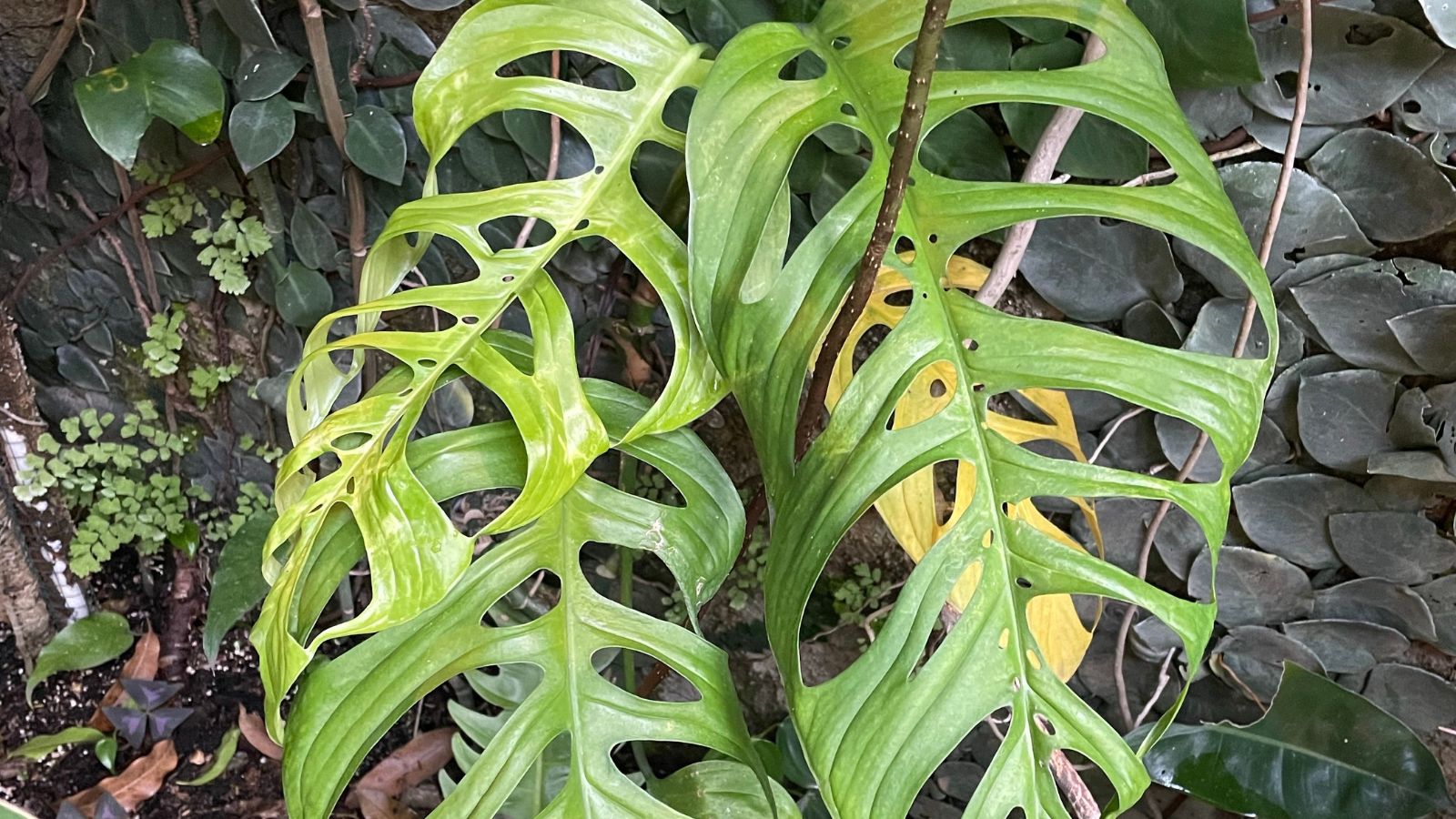 It’s typically grown as a houseplant where temperatures remain warm.
It’s typically grown as a houseplant where temperatures remain warm.Because of their limited range, most gardeners keep this as a houseplant. In zones 10-12, you can plant it outdoors, where it will be the happiest under a canopy, in dappled light, and moist, but well-drained soil. For our purposes, we are going to discuss caring for it as a houseplant.
Transplanting
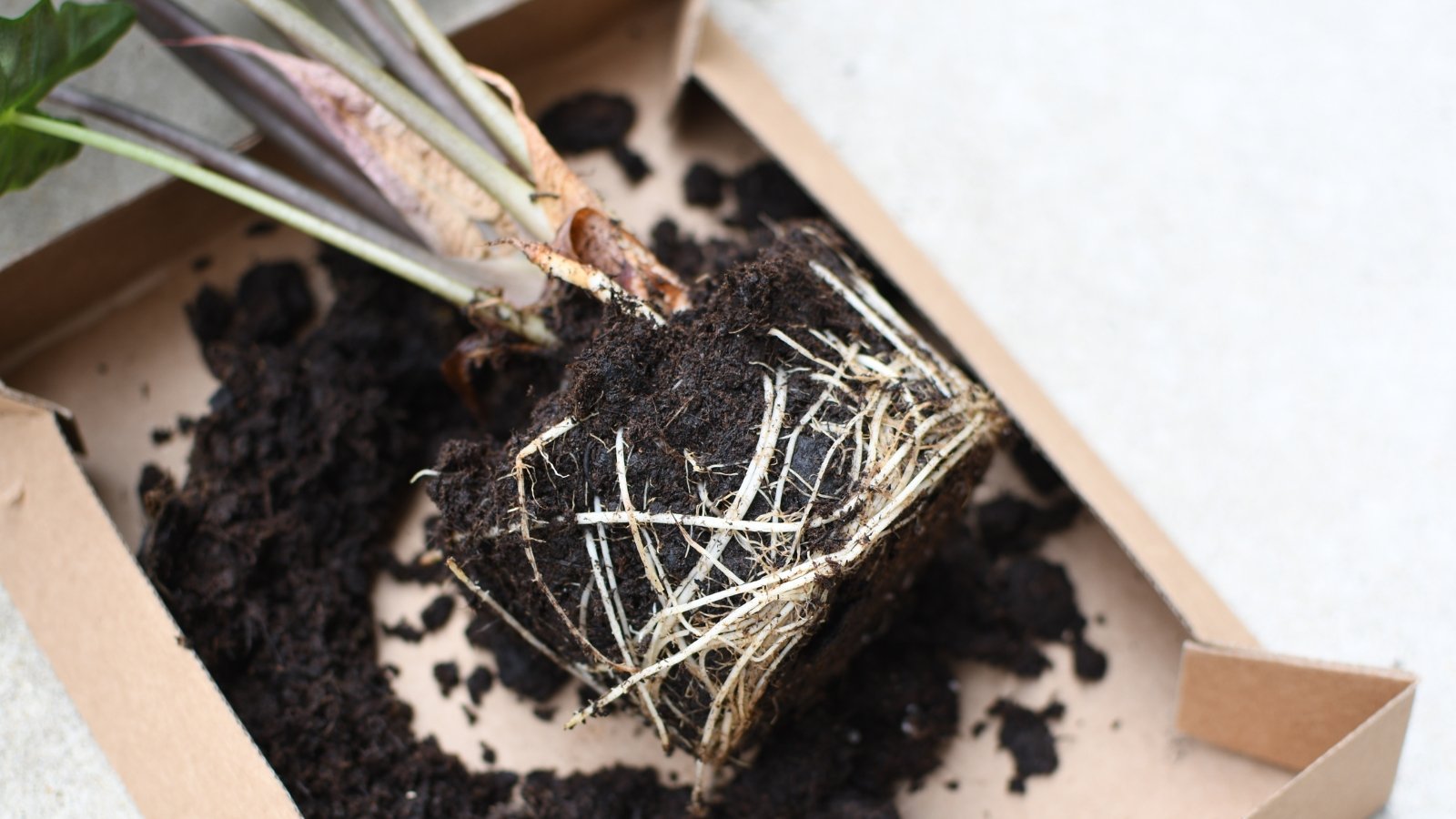 Repot into a larger container if the roots appear restricted.
Repot into a larger container if the roots appear restricted.You should repot your monstera when you bring it home. It’s always a good idea to quarantine new plants in case of pests and diseases. However, if the retail source is reputable, a thorough inspection should suffice. Choose a container that is one to two inches in diameter larger than the nursery pot.
Water the plant ahead of repotting to make the process easier and less stressful for your monstera. Gently loosen the root ball, trim away any circling or unhealthy-looking roots. Set it in the new container so that the crown sits just below the rim.
Backfill your pot and water it well to help settle the potting mix. Then allow the water to drain completely. Avoid fertilizing for about a month while it re-establishes root growth and adapts to its new environment. Going forward, re-pot in the spring or summer, while the plant is actively growing.
How to Grow
Most owners will agree that Monstera ‘Esqueleto’ is moderately challenging to care for, but it’s not impossible. The challenge lies in recreating an environment in the home that is similar to its natural habitat.
This species is more sensitive and requires stricter adherence to the environment it’s adapted to. This is a climber, so it will grow best with a moss pole or other support.

Light
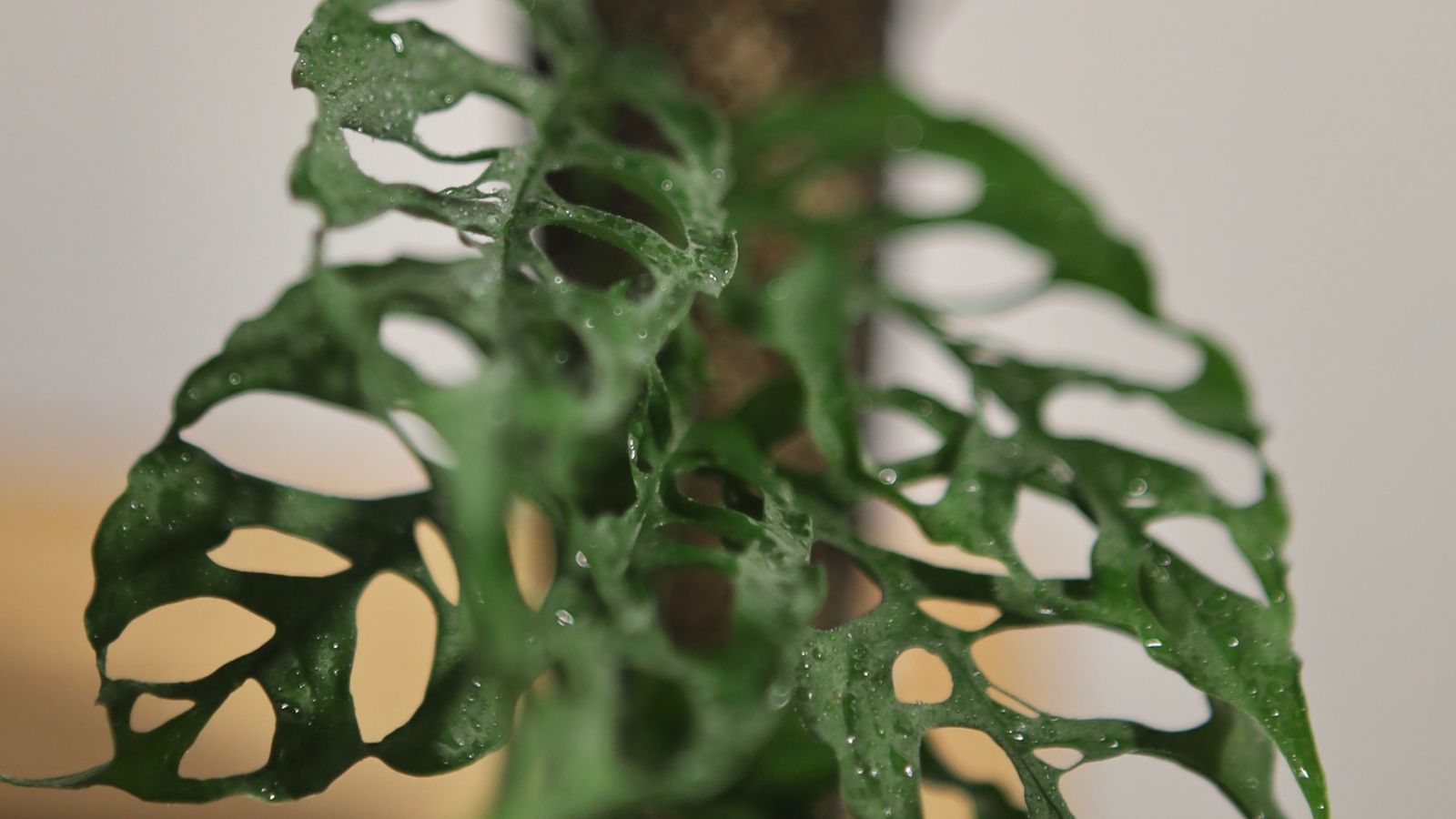 They appreciate bright, indirect light inside homes.
They appreciate bright, indirect light inside homes. The ideal light conditions for Monstera ‘Esqueleto’ mimic those of its native environment, the cloud forest. It’s a tropical understory plant. Picture the conditions under the canopy of a cool, high-elevation, tropical forest. Filtered or dappled light, as that through the canopy, is ideal for this plant.
In the home, that can look like a few different things. It can be tricky striking the right balance, but once you do, your monstera will reward you handsomely. You can place it next to a brightly lit window where it is out of direct sunlight. You can also use a sheer curtain to diffuse light if the area is too bright.
The third option is to find a spot where the sun filters through a tree or shrub outside. Any of these three conditions is appropriate. If your plant begins to grow quickly toward the light, it probably needs more sun. Sunburn on the leaves or fading indicates that the opposite is true.
Water
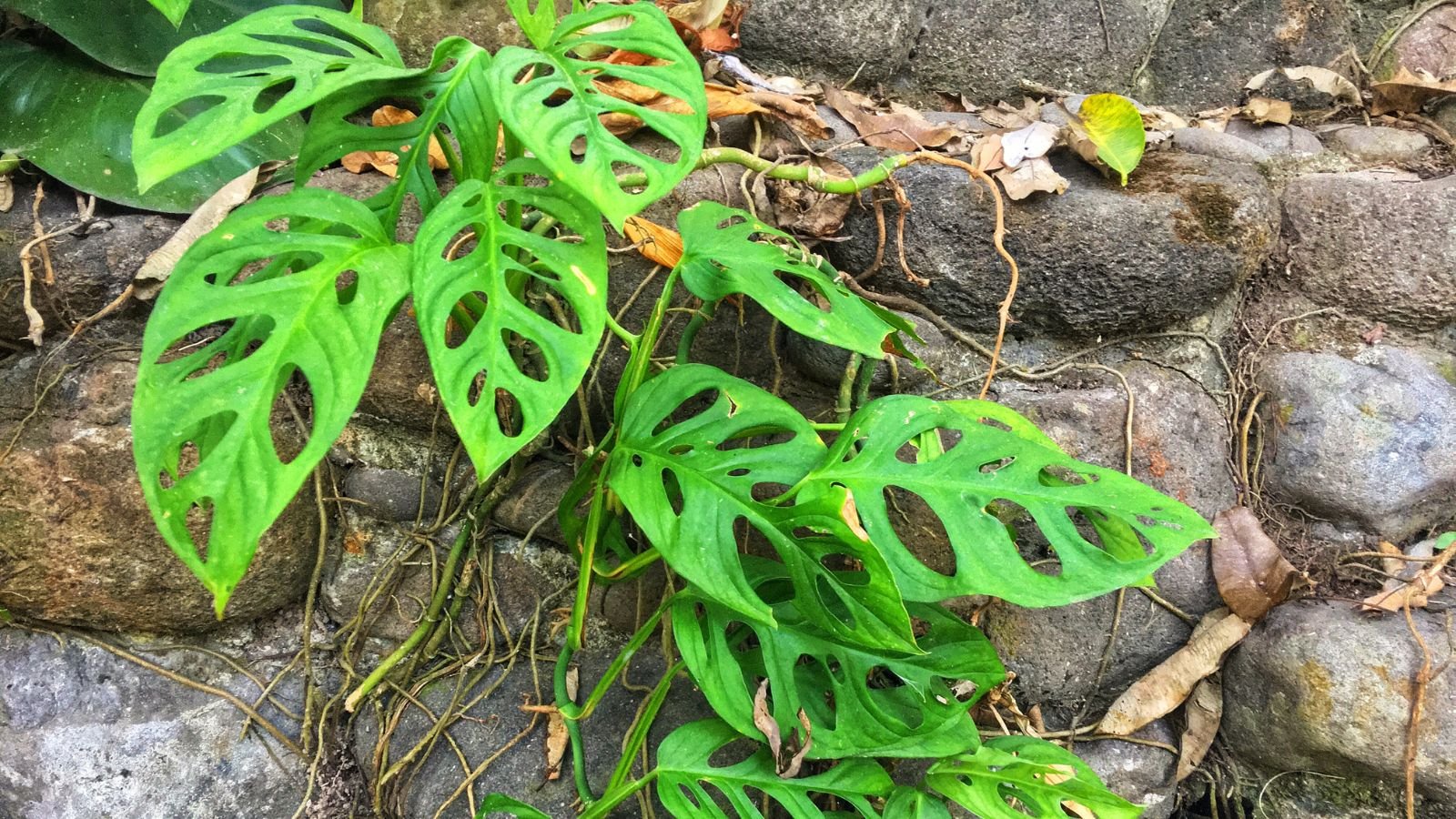 This species is sensitive to overwatering.
This species is sensitive to overwatering. Monstera ‘Esqueleto’ prefers soil that is consistently moist, but never soggy. Consider the moisture level of the rainforest floor. This particular species is sensitive to fluctuations, and its leaves will let you know if it’s unhappy.
Underwatering can cause the leaves to droop initially. In advanced cases, they may turn brown and dry at the edges. Overwatering leads to root rot, and this species has particularly sensitive roots. If you chronically overwater, you’ll need to be more conscientious with this plant.
Soil
 The soil should drain quickly while holding onto enough moisture to keep the roots happy.
The soil should drain quickly while holding onto enough moisture to keep the roots happy. Monstera ‘Esqueleto’ has particular soil needs, and getting this right will go a long way towards balancing the moisture. It needs to be light and airy with good moisture retention. This mimics the loose, organically rich substrate of the forest floor.
It may be tricky to purchase the ideal potting mixture without doing a bit of mixing. A generic tropical mix is the closest you’ll come to perfect. I recommend doing a bit of your own experimenting to get soil that is just right.
Start with one part high-quality potting soil for structure, nutrients, and moisture retention. Add one part orchid bark for airflow and texture, and one part perlite or pumice for drainage.
Add one part coco coir or sphagnum moss for additional moisture retention. Then add a handful or two of compost to add some slow-release nutrients.
Temperature and Humidity
 Maintain high humidity levels year-round for the best growth.
Maintain high humidity levels year-round for the best growth. Warm and humid conditions are what Monstera ‘Esqueleto’ is best adapted to. The ideal temperature range is between 65 and 85°F (18 and 29°C). This closely aligns with most home temperatures, which makes this aspect easy. Just keep it away from HVAC vents or drafts, especially in winter.
Humidity is the trickiest factor for this plant, as it needs significantly more than most homes offer. It will tolerate levels around 60%, as long as the temperature remains stable and warm. Fluctuations in temperature can affect evaporation.
It prefers humidity to be between 70% and 80%. This is tough to achieve without doing damage to other items in the house. A bathroom designed for higher humidity is a good place for your monstera.
Because it needs high humidity, your Monstera ‘Esqueleto’ also needs good air circulation. This helps prevent the formation of fungus, particularly in the soil. An exhaust fan does a good job of this.
Fertilizing
 Feed every four to six weeks during the active growing season.
Feed every four to six weeks during the active growing season. Much like the other care preferences for your monstera, ‘Esqueleto’ prefers a steady and gentle flow of nutrients. This encourages leaf growth and the development of larger, more intricate fenestrations.
During its active growth season of spring through early fall, feed your plant every four to six weeks. Use a balanced formula such as a 10-10-10, diluted to half strength. You can also use a slow-release or organic option like fish emulsion or worm-cast tea. But these can have an unpleasant smell indoors.
Maintenance
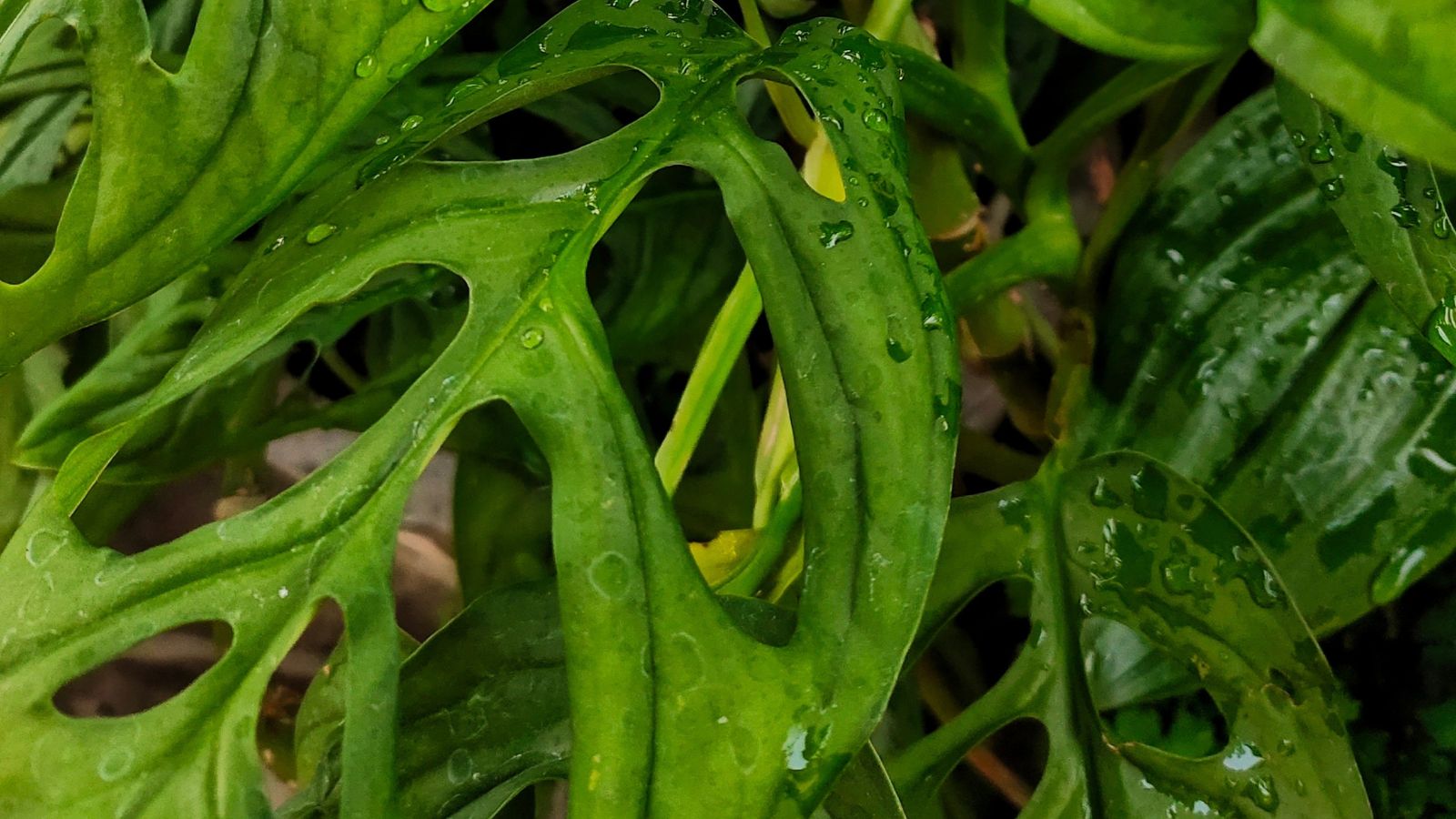 Prune damaged or dying leaves as they appear.
Prune damaged or dying leaves as they appear. Occasional pruning is not a terrible idea for your Monstera ‘Esqueleto.’ It won’t need frequent or heavy cutting, though. Trimming back overly long vines can help redirect energy into denser foliage. Always use sharp, clean tools and air for springtime as the ideal time to prune.
Propagation
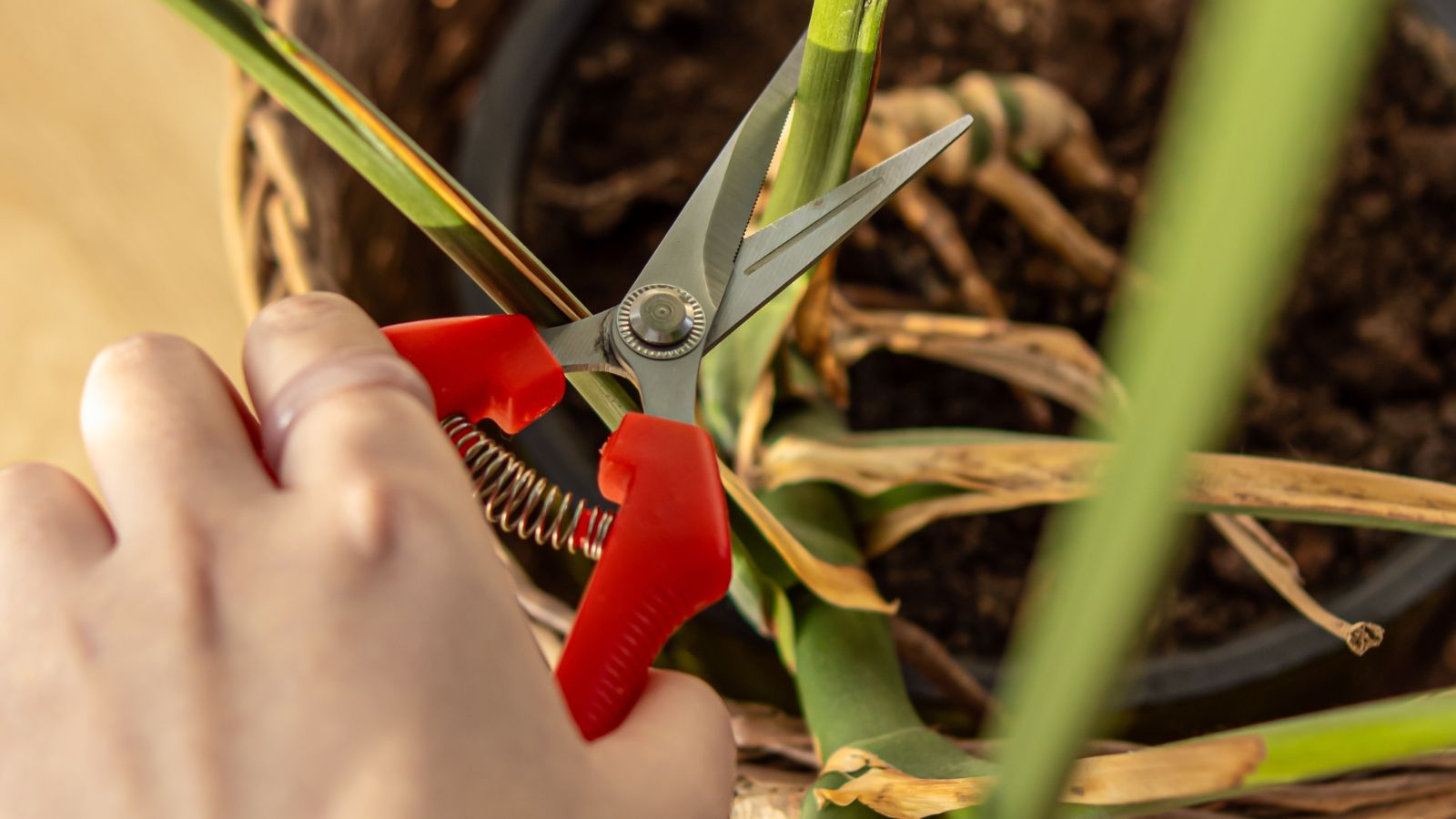 Make new plants by propagating from cuttings.
Make new plants by propagating from cuttings. Propagating your Monstera ‘Esqueleto’ is rewarding, but requires some patience and a stable environment. The most reliable method is propagation with stem cuttings taken from an actively growing vine.
- Choose your cutting by selecting a stem with at least one node. This is the bump where leaves and aerial roots form. Ideally, choose a cutting with one healthy leaf and one visible root nub.
- Make a clean cut just below the node. Make sure to use a clean, sharp tool to make a clean cut. Clean cuts heal faster and prevent disease. If it bleeds some sap, allow it to dry before planting.
- You can use an aroid mix or damp sphagnum moss as a rooting medium. However, water rooting is just as easy, and it’s better for watching the progress of root formation. If you use water, submerge just the node, not the leaf, and change the water every few days to prevent fungus.
- Place your cutting in a warm, brightly lit spot out of direct sun. Keep the humidity high. It may be easier to do this using a humidity dome or box.
- When the roots are about three inches long, your new plant is ready to transplant. Plant it in a chunky potting mix like the parent plant and keep the soil evenly moist as it establishes.

Common Problems
Environmental issues are the most common problems for this monstera, so getting those conditions right goes a long way. There are, however, a handful of pests and some fungal diseases to look out for.
Pests
 Spider mites are a common problem indoors, but aren’t as common when humidity is high.
Spider mites are a common problem indoors, but aren’t as common when humidity is high. There are several common pests that you may encounter in caring for your monstera. Spider mites are uncommon because they don’t like humidity, but they’re not unheard of.
They leave the foliage yellowing and fading with speckles and dull patches. Insecticidal soap is an effective treatment, though you will want to repeat the treatment a few times every seven to ten days until they’re gone.
Mealybugs are easier to see and look like small bits of fuzzy white lint on your stems. These can do significant damage by sucking sap and weakening new growth. Wipe them off with an alcohol soaked cotton swab or use horticultural oil to smother them.
Thrips are tiny, fast-moving insects that also suck the sap from their victims. They show up as silvery streaks and deformations on leaves. These can be a pain to get rid of, and you generally don’t know they’re there until they’re gone.
Fungus gnats are a common pest in plants that like high humidity. The moisture leads to mold growing on your soil, and the gnats like to live in it. Letting your soil dry between waterings is the most effective defense. Change the soil if gnat larvae get to your roots.
Diseases
 Root rot is usually caused by accidental overwatering.
Root rot is usually caused by accidental overwatering. Because of the high humidity factor, the most common diseases for your monstera will be fungal diseases. Root rot caused by overwatering is the most prevalent, but it’s controllable. Once an advanced case sets in, however, it’s difficult to treat.
Prevent root rot by planting in a container with adequate drainage and using airy, coarse soil. Always allow the top inch of your soil to dry between waterings. Signs of root rot include yellowing leaves and mushy, brown roots.
Leaf spot and powdery mildew are other potential fungal diseases that affect this and other high-humidity plants. They’re the result of stagnant, humid air and poor ventilation. Remove leaves with leaf spot, and use a fungicide on leaves with powdery mildew. Then increase the ventilation in the room.
Frequently Asked Questions
No, it is toxic to pets if ingested. It contains calcium oxalate crystals which irritate the mouth and digestive tract.
This is a tropical plant and it cannot survive outdoors north of zone 10 in the winter.
The most likely culprit is dehydration, though root rot can also be a cause.


 11 hours ago
5
11 hours ago
5
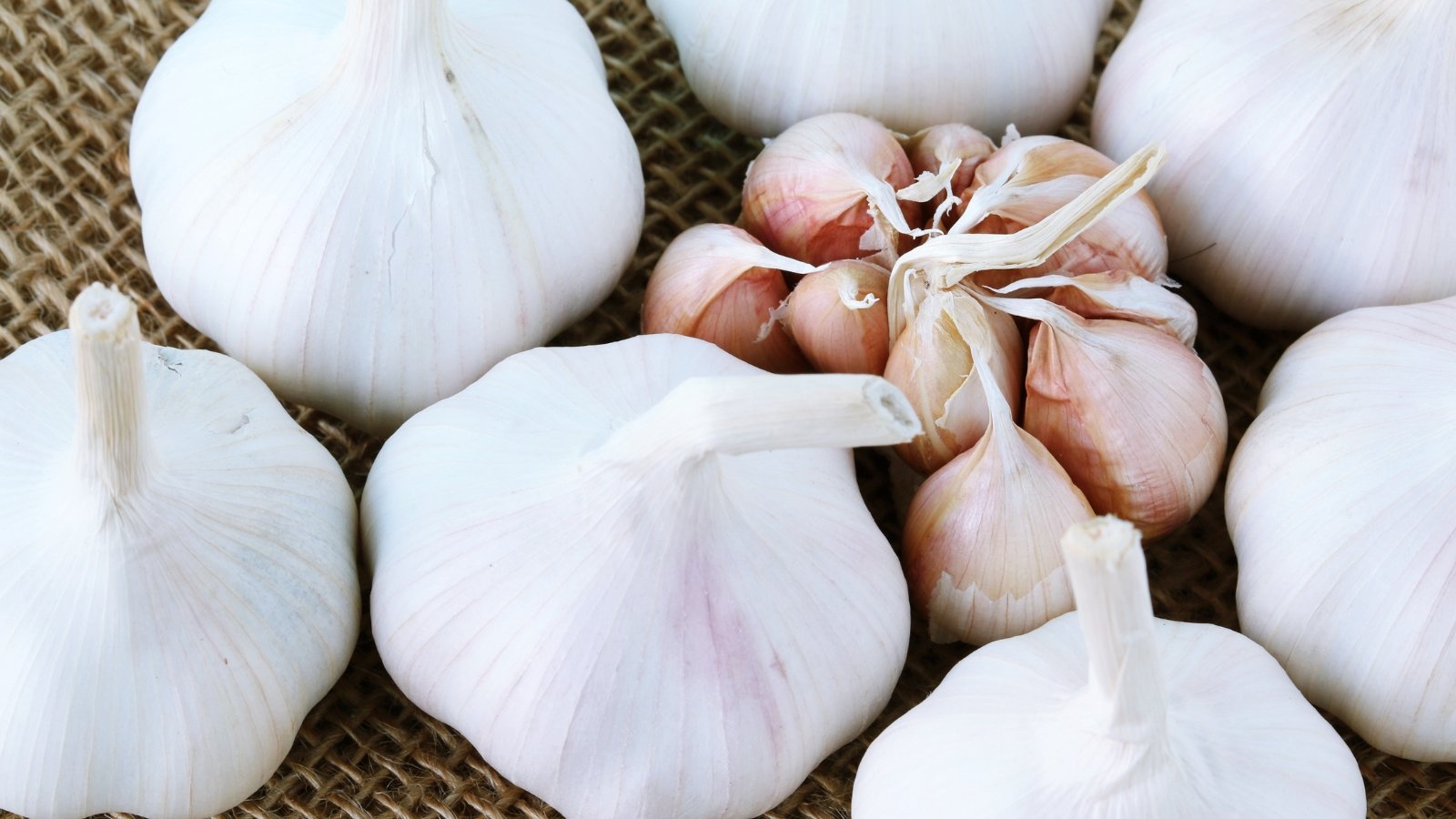
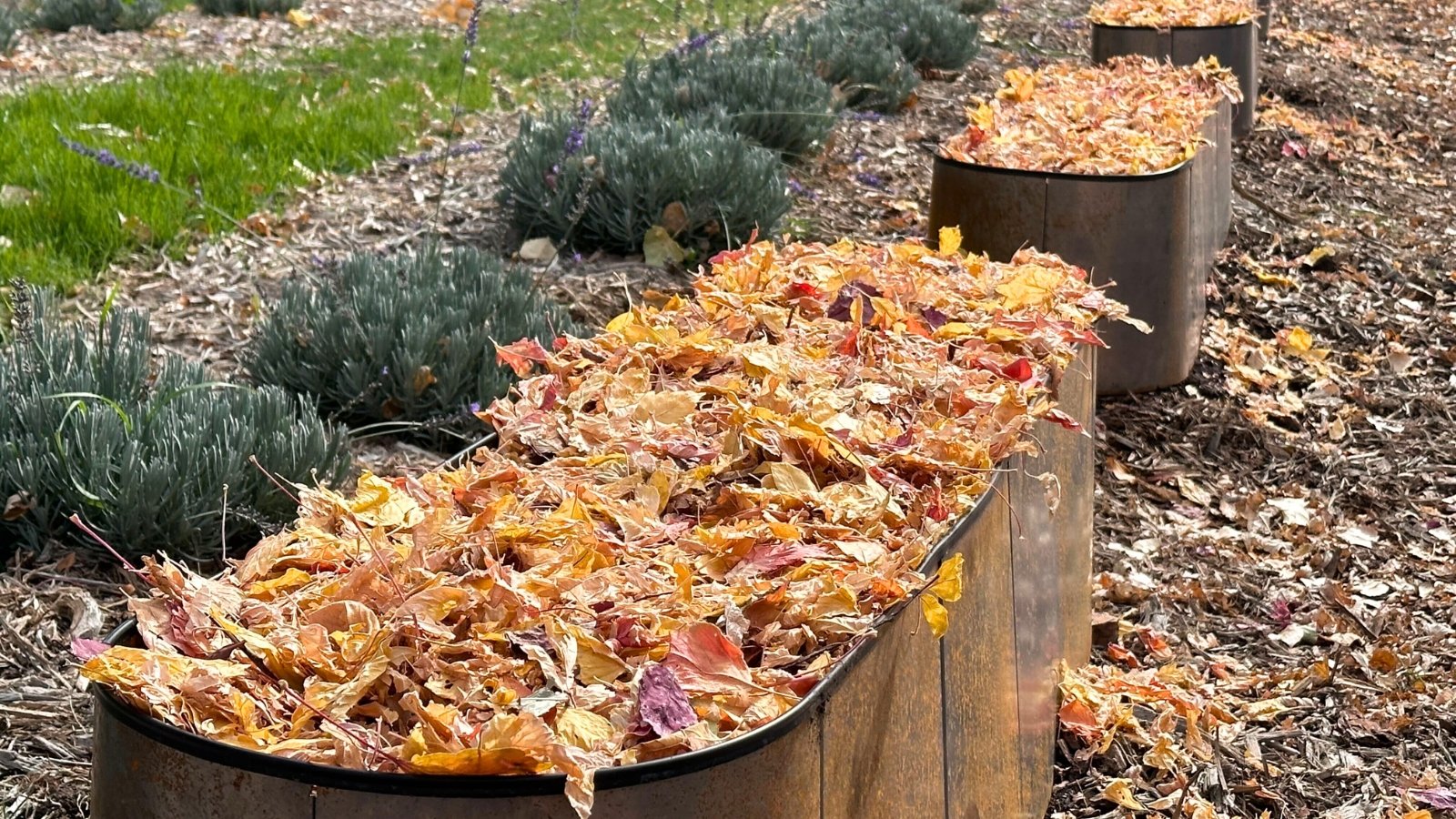
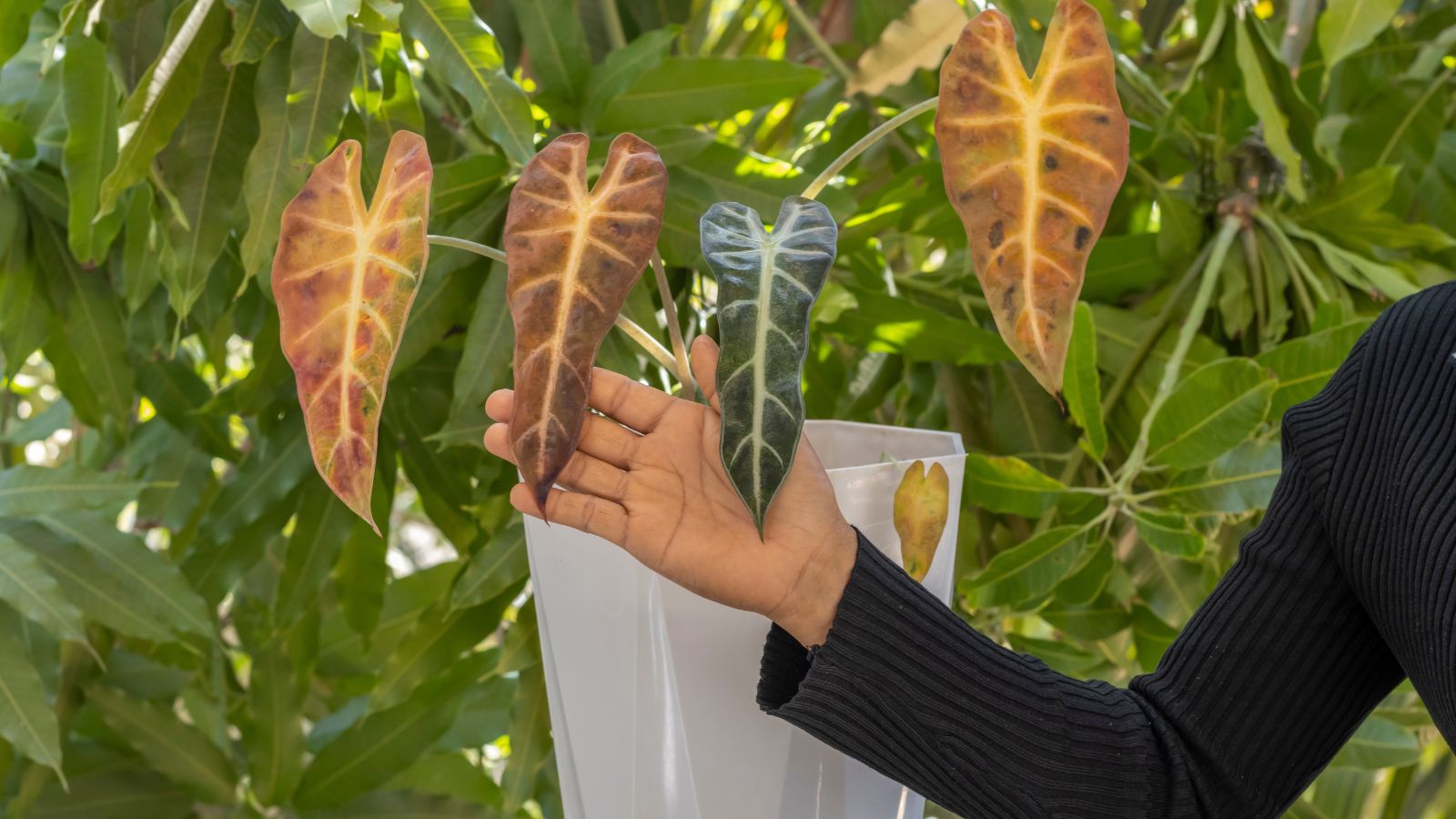
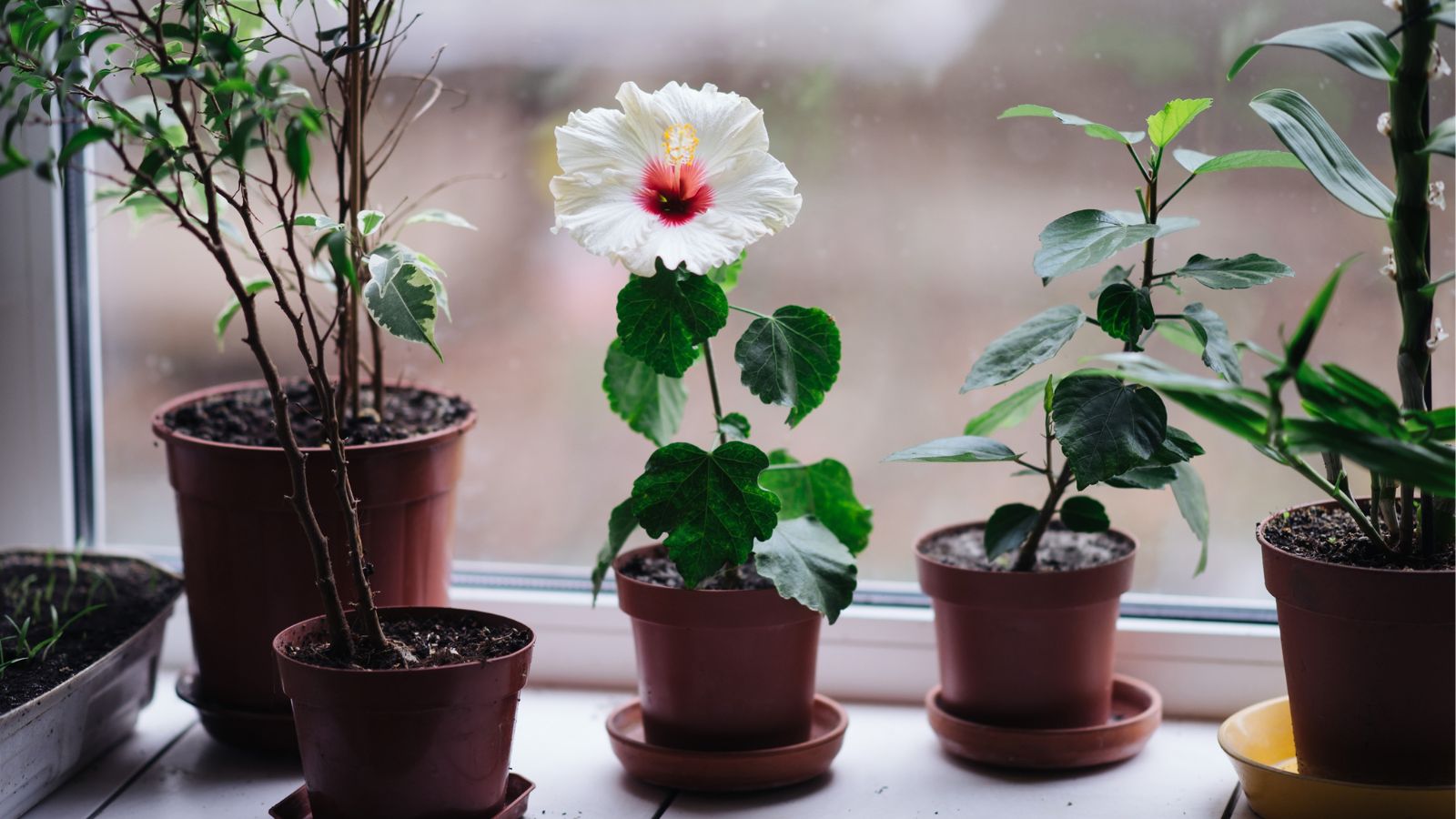
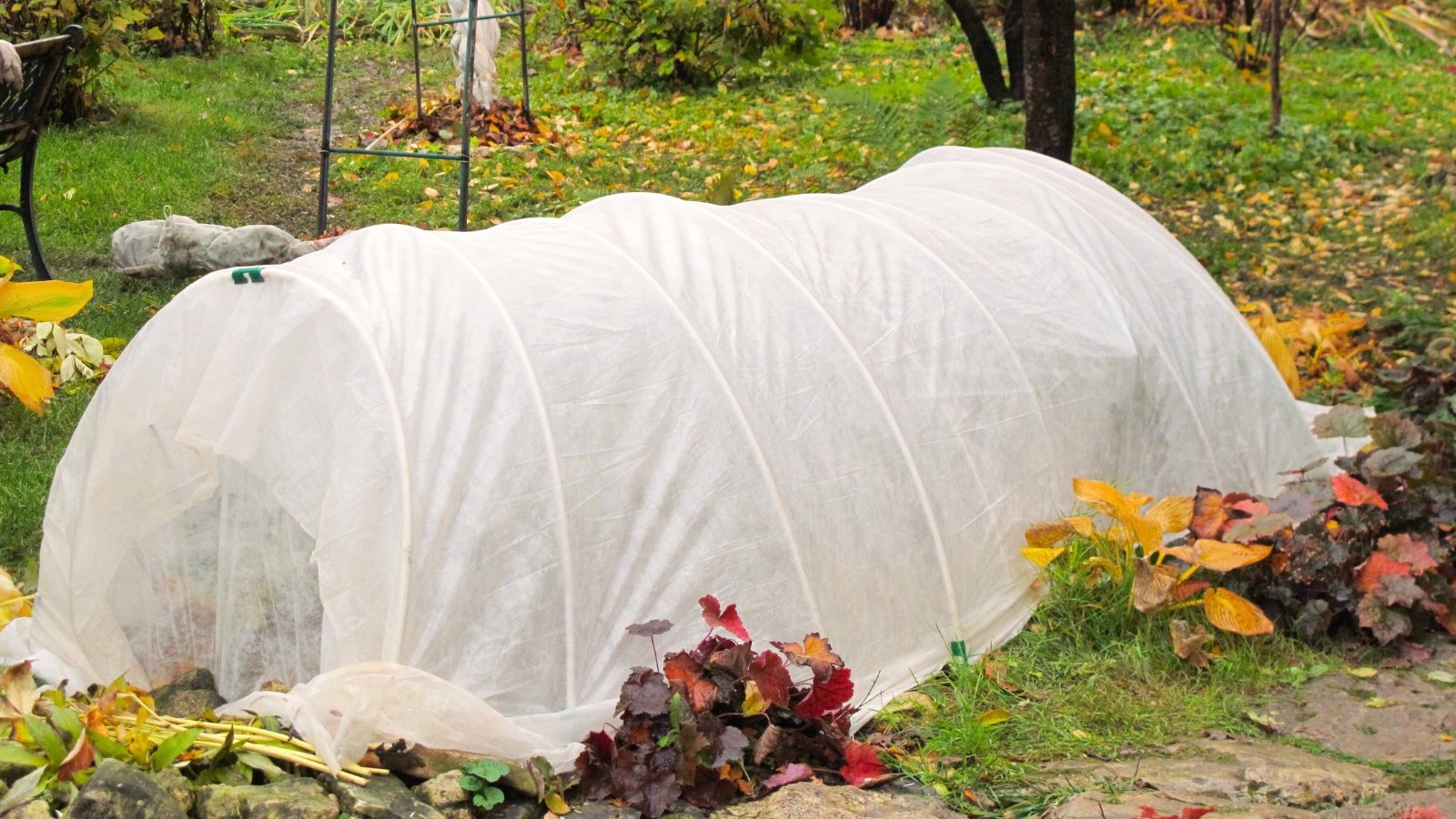

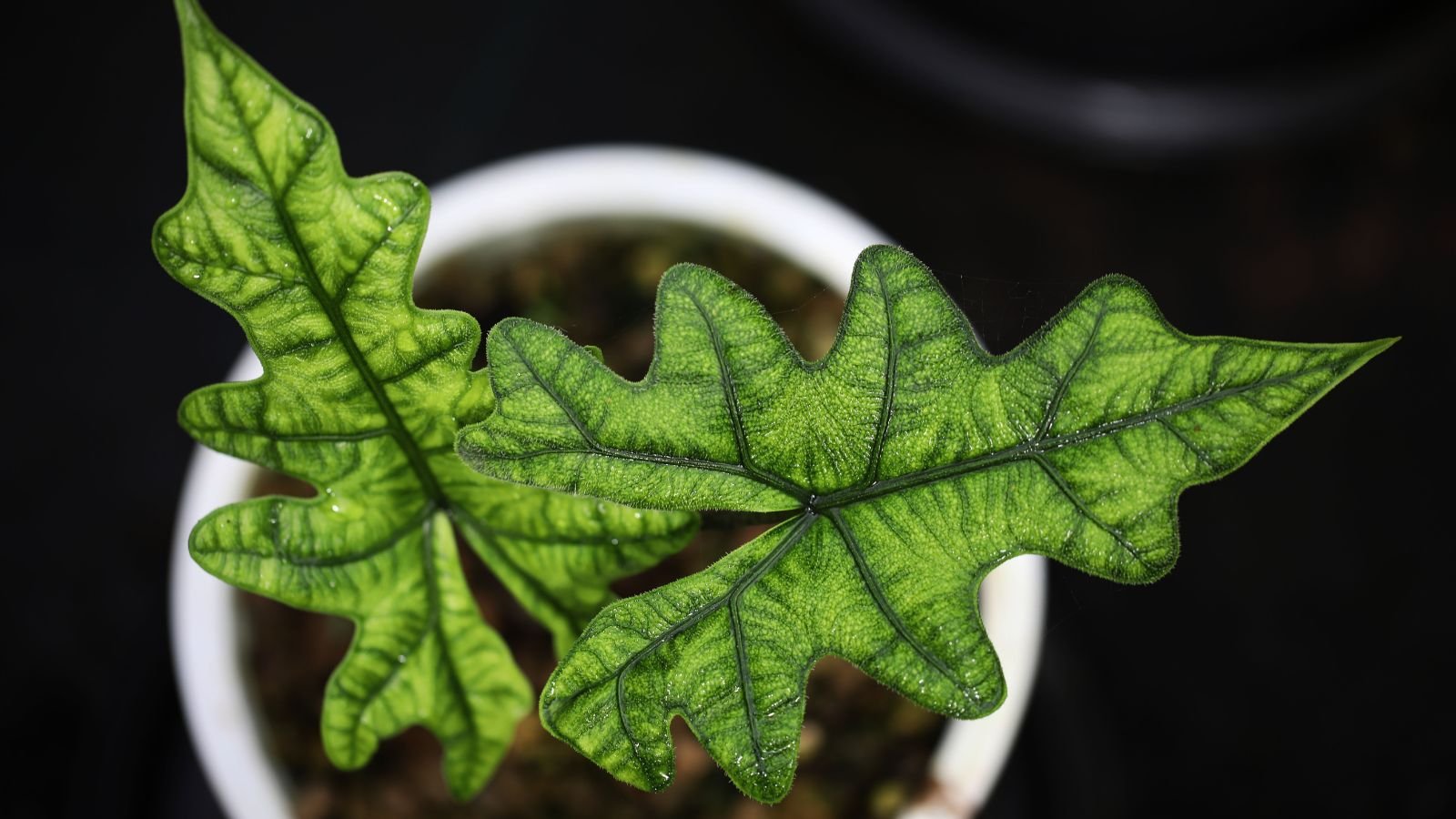














 English (US) ·
English (US) ·  French (CA) ·
French (CA) ·